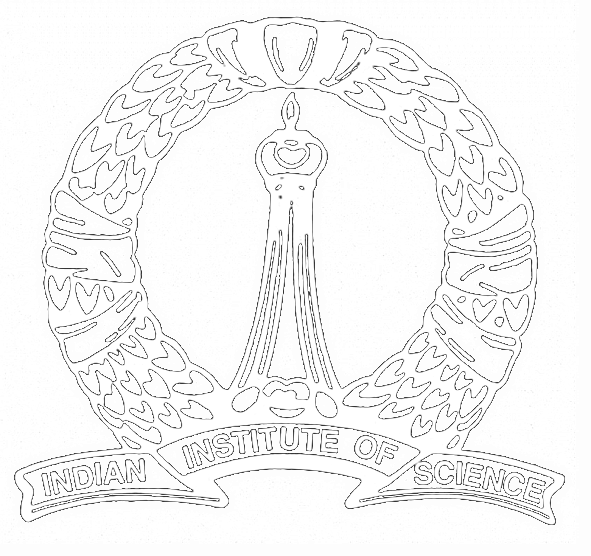PhD Thesis colloquium
Title: On commuting isometries and commuting isometric semigroups
Speaker: Shubham Rastogi (IISc Mathematics)
Date: 30 June 2023
Time: 4 pm
Venue: LH-3, Mathematics Department
The famous Wold decomposition gives a complete structure of an isometry on a Hilbert space. Berger, Coburn, and Lebow (BCL) obtained a structure for a tuple of commuting isometries acting on a Hilbert space. In this talk, we shall discuss the structures of the pairs of commuting $C_0$-semigroups of isometries in generality as well as under certain additional assumptions like double commutativity or dual double commutativity.
The right-shift-semigroup $\mathcal S^\mathcal E=(S^\mathcal E_t)_{t\ge 0}$ on $L^2(\mathbb R_+,\mathcal E)$ for any Hilbert space
$\mathcal E$ is defined as
\begin{equation}
(S_t^\mathcal E f)(x) = \begin{cases}
f(x-t) &\text{if } x\ge t,\\
0 & \text{otherwise,}
\end{cases}
\end{equation}
for $f\in L^2(\mathbb R_+,\mathcal E).$
Cooper showed that the role of the unilateral shift in the Wold decomposition of an isometry is played by the right-shift-semigroup for
a $C_0$-semigroup of isometries. The factorizations of the unilateral shift have been explored by BCL, we are interested in examining
the factorizations of the right-shift-semigroup.
Firstly, we shall discuss the contractive $C_0$-semigroups which commute with the right-shift-semigroup. Then, we give a complete
description of the pairs $(\mathcal V_1,\mathcal V_2)$ of commuting $C_0$-semigroups of contractions which satisfy $\mathcal S^\mathcal
E=\mathcal V_1\mathcal V_2$, (such a pair is called as a factorization of $\mathcal S^\mathcal E$), when $\mathcal E$ is a finite
dimensional Hilbert space.
Next, we discuss the Taylor joint spectrum for a pair of commuting isometries $(V_1,V_2)$ using the defect operator $C(V_1,V_2)$ defined as \begin{equation} C(V_1,V_2)=I-V_1V_1^*-V_2V_2^*+ V_1V_2V_2^*V_1^*. \end{equation} We show that the joint spectrum of two commuting isometries can vary widely depending on various factors. It can range from being small (of measure zero or an analytic disc for example) to the full bidisc. En route, we discover a new model pair in the negative defect case.
- All seminars.
- Seminars for 2023
